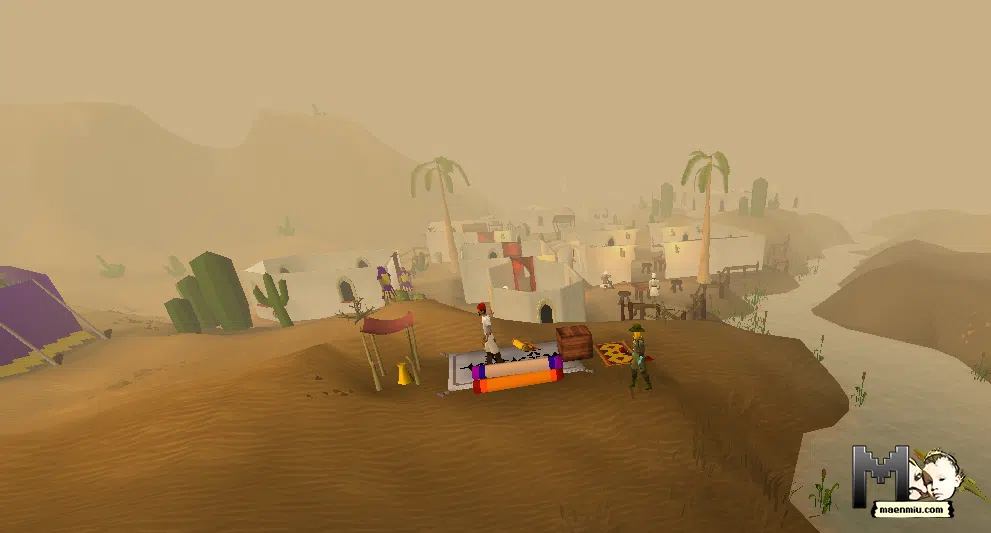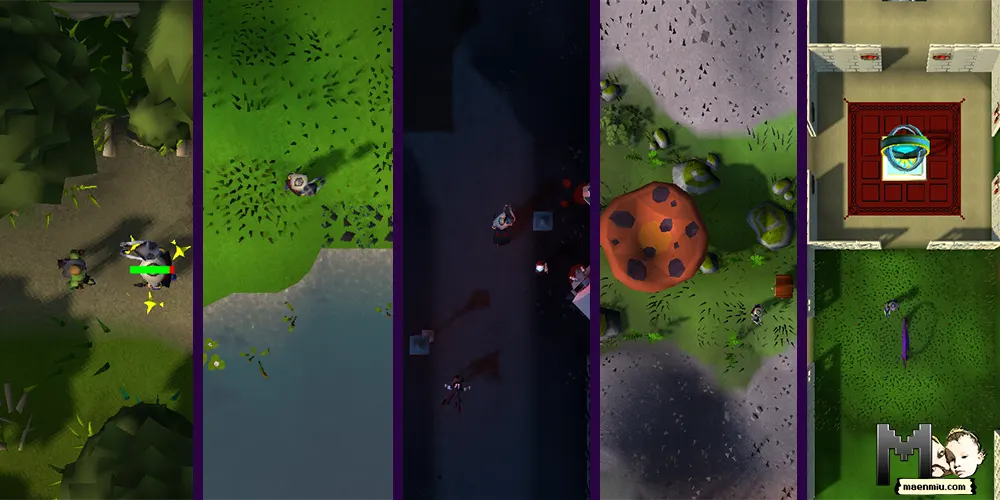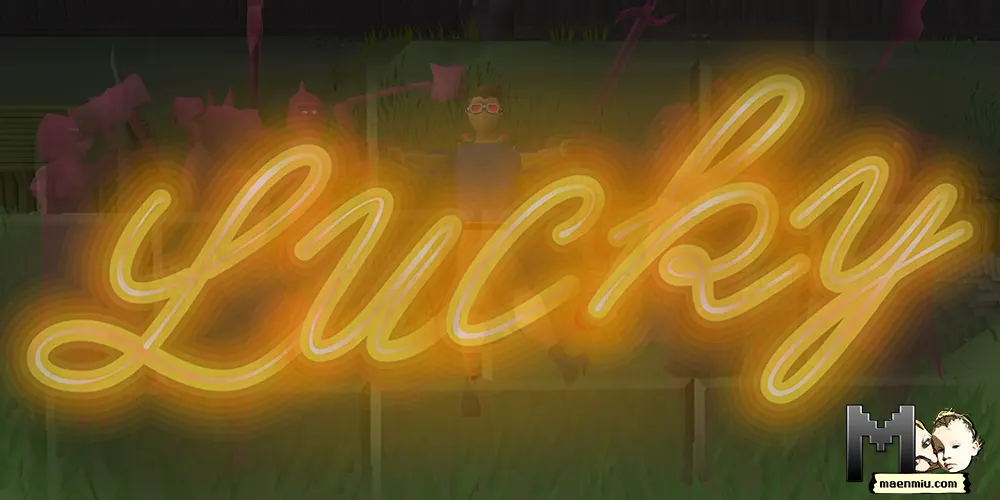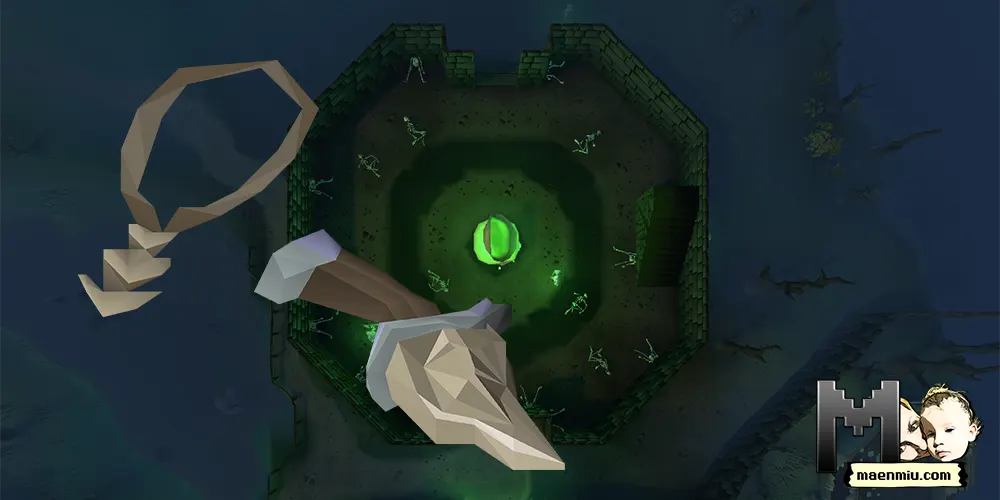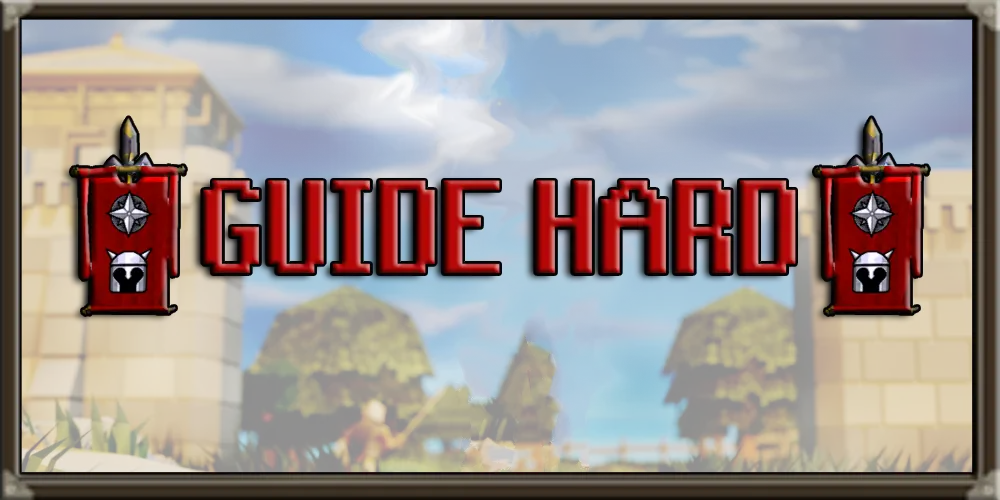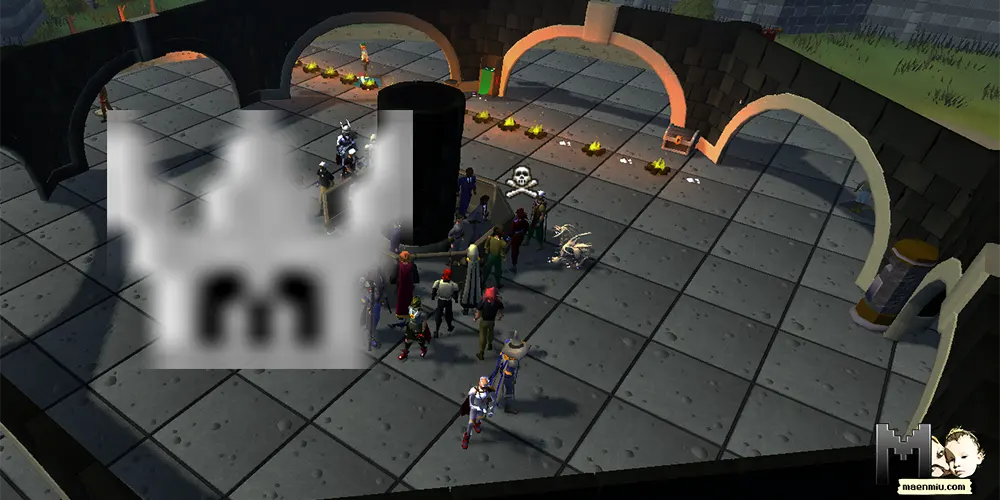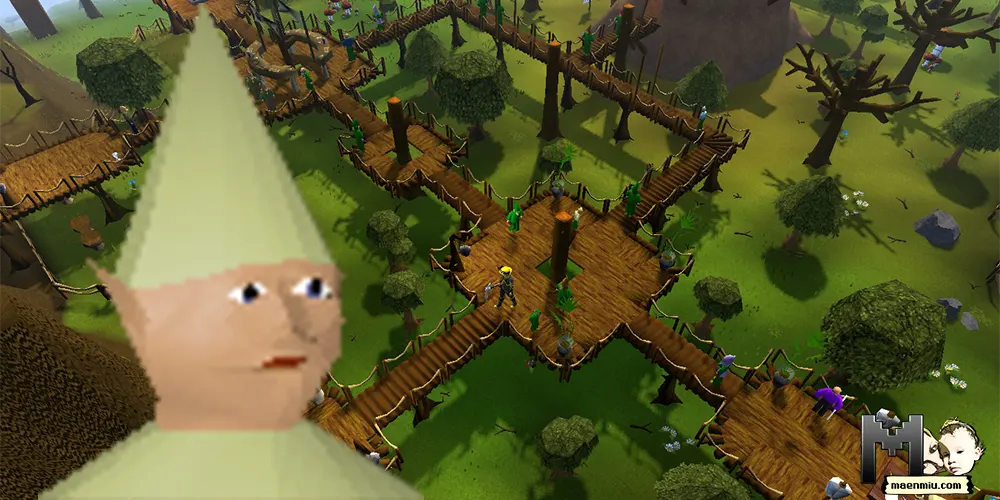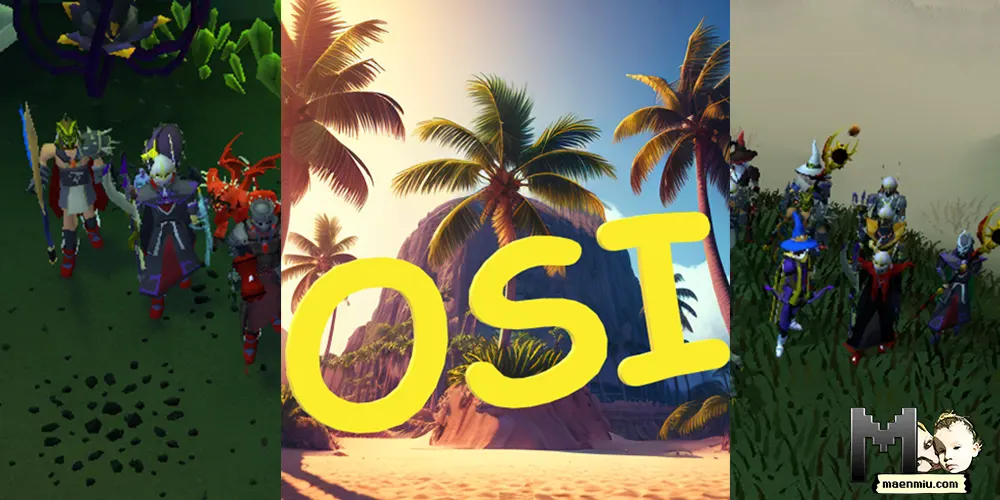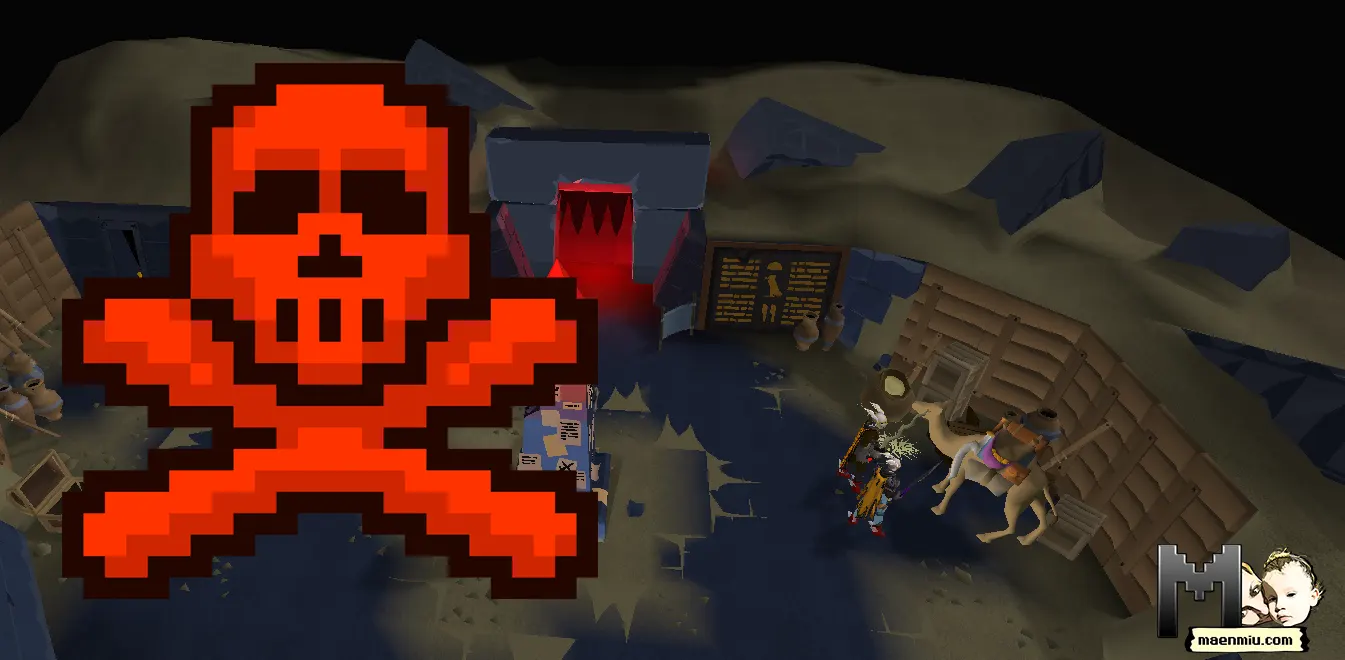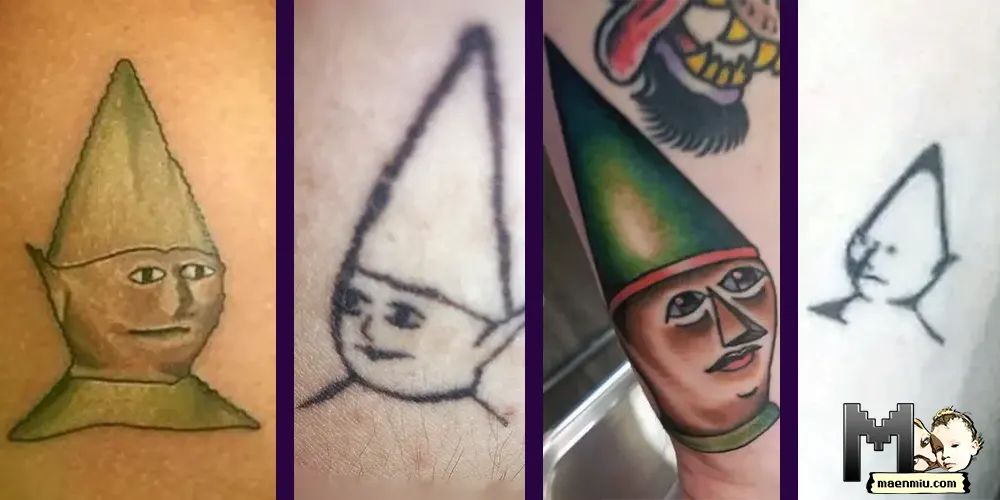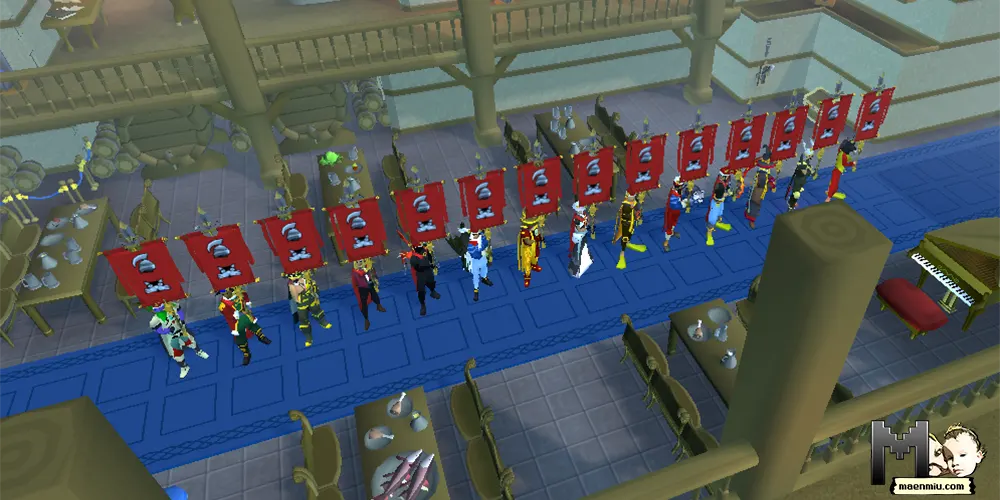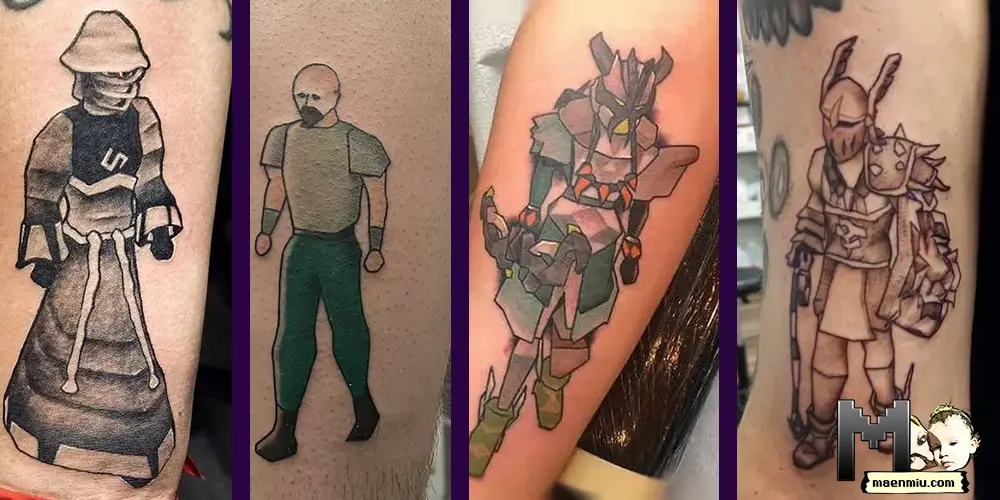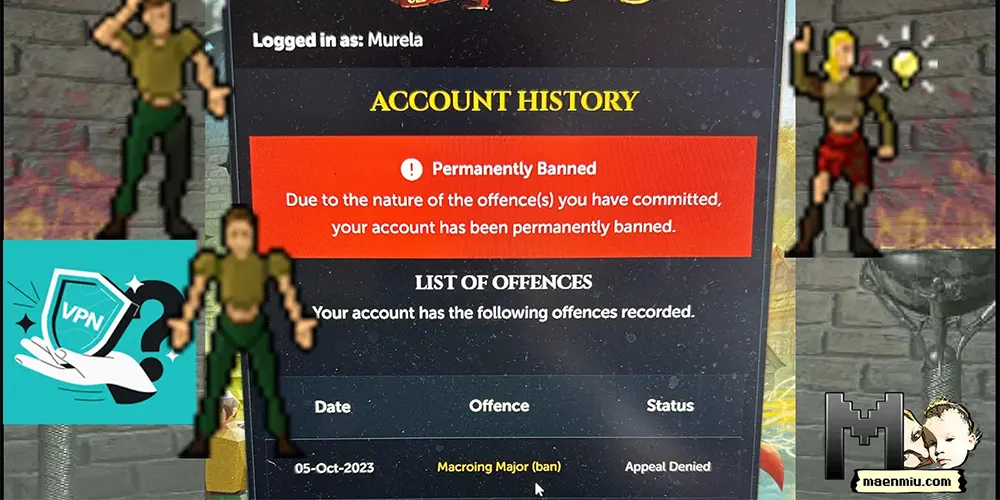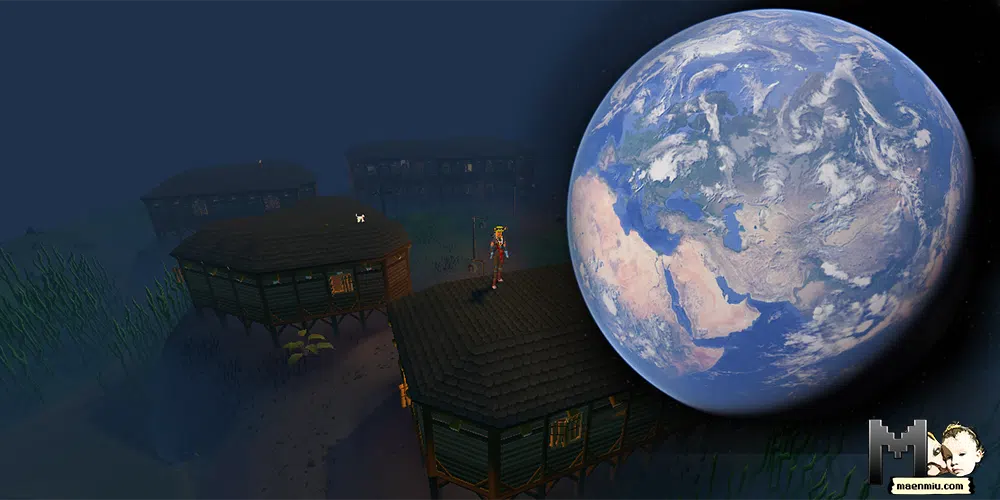
Within the expansive world of Old School RuneScape, the town of Canifis serves as an intriguing cultural crossroads. Its setting, atmosphere, and inhabitants—both human and supernatural—draw from a variety of influences, weaving together a rich tapestry of multicultural references and mythologies.
My curiosity to linguistically investigate more about Canifis comes from some feedback I received for the article covering Burgh de Rott and the Romanian influences, where many players believed Canifis or Morytania at large to be influenced heavily by IRL Romania.
Canifis, on the other hand, stands at a whole other level and represents a hub of diversity and inclusion. And thinking of how there are humans, werewolves, and even ghouls and vampyres there as well as players trying to get their Agility level up on the rooftop course it does make sense.
You might like
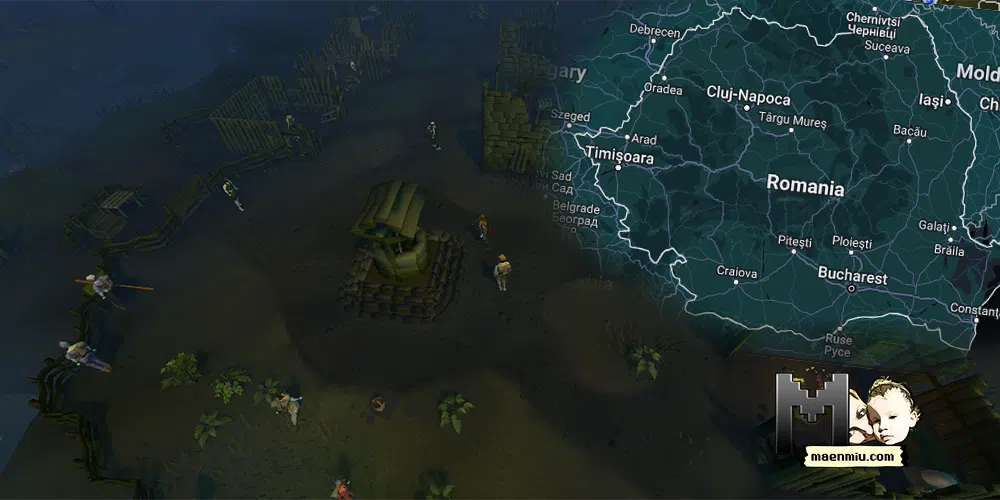
Canifis and Werewolves
The town’s name, Canifis, can be seen as the first hint of this cultural mixture. Derived from Latin roots, the name hints at ‘canis,’ the Latin word for ‘dog.’ This is a nod to the town’s predominantly werewolf population, hinting at the Roman and Latin influences that permeate the game. Scientifically the wolf is known as “canis lupus” from Latin.
In Old School RuneScape, Canifis is well known for its population of werewolves. These beings, who shift between human and wolf forms, have a longstanding place in folklore and mythology around the world. The term ‘werewolf’ itself has Old English roots with ‘wer’ meaning ‘man’ and ‘wulf’ being ‘wolf.’
Roman folklore
The transformation into wolf-like creatures, as per Roman folklore, was often linked to the influence of the moon or some form of curse, and many similar elements can be seen in the game’s werewolf inhabitants. The Romans, like many ancient cultures, revered wolves. The founders of Rome, Romulus and Remus, were said to have been raised by a she-wolf. This tale is deeply ingrained in Roman mythology, signifying a strong cultural association with wolves. By linking the name of Canifis to the Latin ‘canis,’ the game designers subtly allude to these Roman cultural influences.
The presence of these Roman and Latin influences serves to enrich the overall world-building of RuneScape, creating an intricate backdrop of cultural and historical elements that adds depth to the gaming experience. This is not only evident in the architecture and lore but also reflected in the game’s linguistic choices, such as the naming of the town of Canifis.
The mythology of werewolves

The mythology of werewolves—humans who transform into wolves, often under the light of the full moon—is widespread and has roots in many cultures. From the werewolf trials in Early Modern Europe, akin to the witch trials, to the lycanthropes of Ancient Greek lore, and even the ‘wolfskin’ warriors of Norse sagas, the werewolf is a globally recognized creature. In Canifis, these werewolves are not merely monsters but are humanoid NPCs with their own stories and tasks, giving the town a unique blend of the mundane and the supernatural.
However, be careful, especially if you’re there just for training Agility, because as harmless and unaggressive as they are as humans if you don’t have your NPC attack option set on hidden and you accidentally click or tap on them while trying to get back on the agility course they will turn into their wolves form and become aggressive. In my early days I did die a few times like this and didn’t know what hit me.
Suffix
The suffix “-is” in Canifis, despite its ambiguity, does indeed lend additional weight to the argument of cultural mixture within the context of Old School RuneScape.
Firstly, from a Latin and Greek perspective, “-is” is a common ending used in many words, including those in the biological nomenclature. Given that “canis” is the Latin word for “dog,” and also the genus name for dogs and related species in scientific classification, the “-is” in Canifis continues to hint at the town’s association with werewolves, tying back to the Latin and Greek influences.
From an English point of view, “-is” is often seen in the plural forms of some nouns. While this isn’t directly applicable to Canifis, the familiarity of the “-is” ending to English speakers helps to blend elements of the known and the exotic, making the town feel both familiar and otherworldly at the same time.
The use of “-is” in Celtic place names like “Inverness” or “Lewis” suggests a connection to land or territory, providing another layer of cultural reference. The incorporation of a Celtic-influenced suffix adds to the cultural melange in Canifis.
While not carrying a specific meaning on its own, this suffix plays a subtle role in reinforcing the town’s cultural richness. Its wide use in multiple languages, as well as its connection to the scientific naming of species, contributes to the sense of Canifis as a meeting point of various cultural influences. The incorporation of elements from Latin, Greek, English, and Celtic cultures into its name is a testament to the detailed world-building that makes Old School RuneScape a culturally immersive gaming experience.
Ghouls
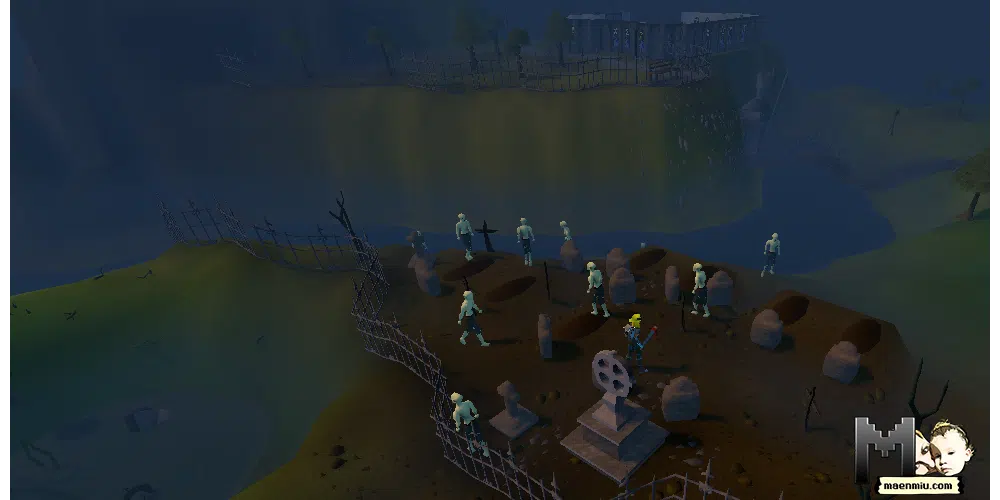
Another supernatural element present around Canifis are the ghouls, found to the west of the town. Originally from pre-Islamic Arabian folklore, ghouls were creatures that lived in graveyards and fed off human flesh. The concept evolved through Islamic mythology, eventually finding its way into Western culture and literature, transforming from grave-dwelling horrors into undead or cannibalistic entities. The presence of these creatures near Canifis adds yet another layer of cultural depth to this fictional town, creating a distinct atmosphere of eerie dread.
Ghouls are mythological creatures originating from pre-Islamic Arabian folklore, but they’re perhaps most famously known from their place in Islamic mythology. The term “ghoul” comes from the Arabic “ghul,” which derives from “ghala,” meaning “to seize.”
In folklore, ghouls are typically depicted as monstrous beings that dwell in graveyards and other secluded places. They are said to be nocturnal, coming out at night to feed. Their diet is particularly macabre, consisting of the flesh of the dead, which they exhume from graves. Some tales depict them as able to shape-shift into animals or to mimic the voices of people, luring unsuspecting victims to their doom.
The concept of the ghoul has evolved over time, especially in Western cultures, influenced by literature and modern media. For example, in the 19th-century literature, the ghoul was often portrayed as a resurrected, mindless corpse – an idea that has likely contributed to the modern concept of zombies. In modern horror movies, books, and video games, ghouls might be depicted as anything from undead creatures to cannibalistic monsters.
As a general rule, though, ghouls in mythology and folklore are associated with death, graveyards, and the consumption of flesh. They are often used as symbols of the darker aspects of the supernatural world. The cemetery west of Canifis is the only place around Gielinor where you can fight Ghouls.
NPC names
Coincidentally or not, adding to the rich cultural blend is the diversity of NPC names. Characters like Nikita, Vera, Sofiya, and Boris are indicative of Slavic influences. Georgy, the local bartender, bears a Russian variant of the name George, and Zoja, a variant of Zoe, is common in several Slavic languages. At the same time, the presence of names like Malak, the vampyre in the pub who has an Arabic name meaning ‘angel’—and Joseph, a name of Hebrew origin, point to broader cultural influences. Such a mix of names from different traditions underscores the eclectic influences that make Canifis a cultural melting pot within the game.
Geography
Geographically, Canifis’s location at the ‘entrance’ of Morytania, the game’s equivalent of Eastern Europe, further cements its role as a cultural crossroads. Morytania, with its swampy terrain, eerie atmosphere, and vampiric inhabitants, draws heavily from Eastern European folklore, particularly Transylvanian myths. Canifis, as the gateway to this region, serves as a point of transition—a place where various threads of folklore and mythology intertwine.
Architecture
The architectural style of Canifis, featuring dilapidated and eerie buildings, mirrors the gothic architecture synonymous with Eastern Europe, particularly the structures found in Transylvania, which further enhances the feel of the town. This gothic influence, combined with the horror elements of werewolves and ghouls, adds a richly atmospheric layer to the town, setting it apart from the other locales within the game.
Diversity and inclusion
Canifis in Old School RuneScape is an intriguing study in cultural fusion, weaving together elements from Latin, Slavic, Arabian, and Western cultures to create a unique, immersive, and multi-dimensional environment. This amalgamation of influences reflects the broader appeal of the game itself, drawing players into a fantasy world where different cultures collide and coexist in harmony, resulting in an enriched gaming experience and even hinting at a whole new level of cultural diversity and inclusion.
I created this article with the partial assistance of an AI tool. Learn about my view on AI and why I’m telling you about it.

